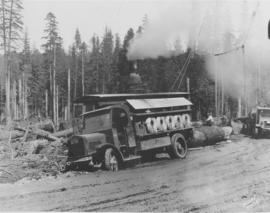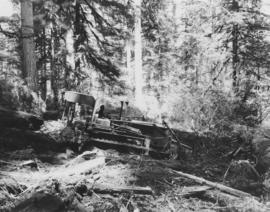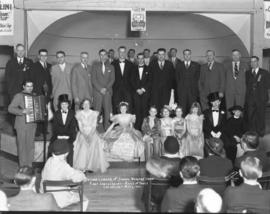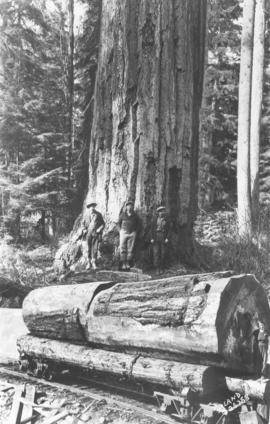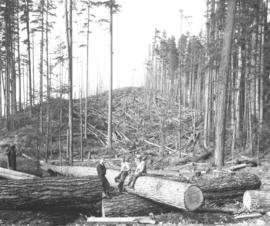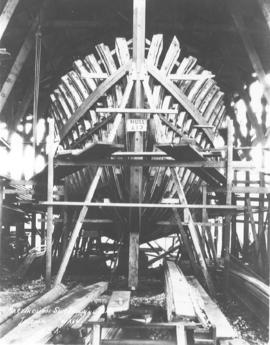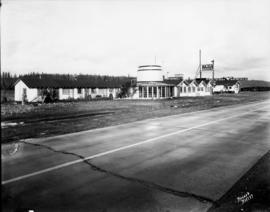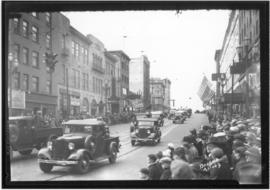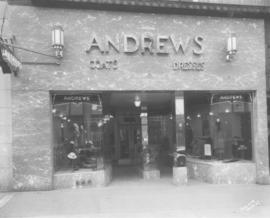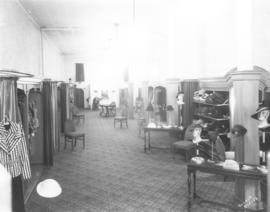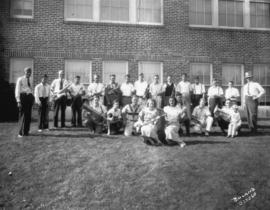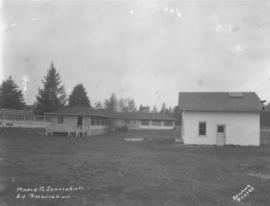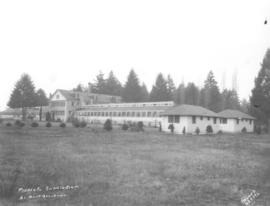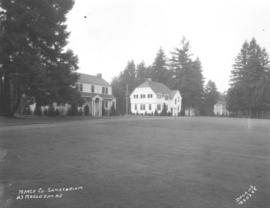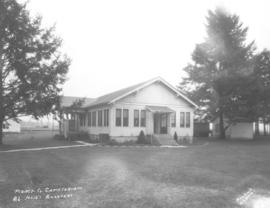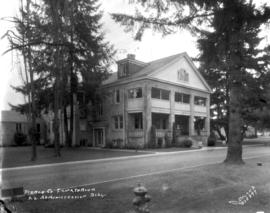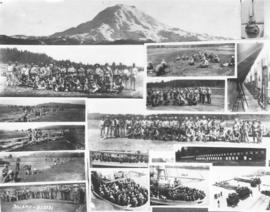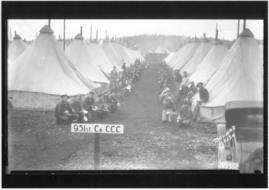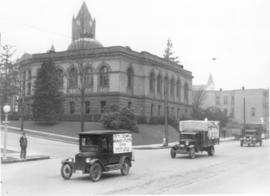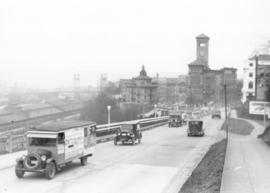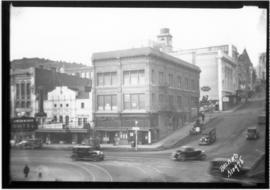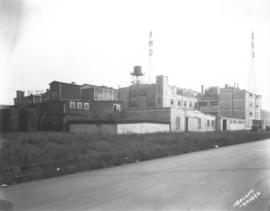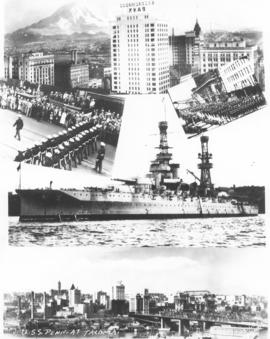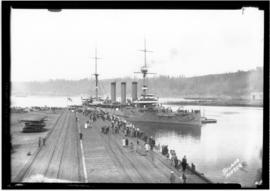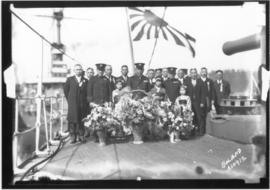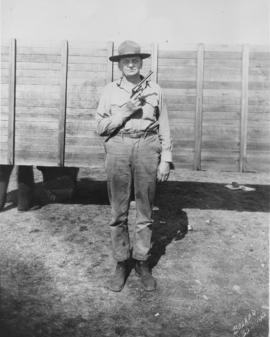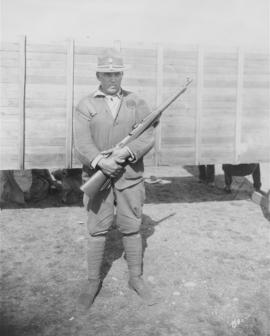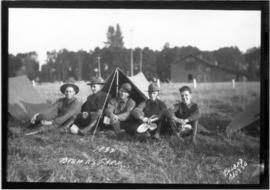On March 1, 1933 at around noon, a convoy of unemployed demonstrators, under the banner of the "United Front," passed through Tacoma on their way to Olympia. The Seattle leaders of the group planned the march to Olympia to present the problems of the unemployed to the State Legislature. The groups of marchers, in trucks and automobiles, were met at the Tacoma city limits by motorcycle officers who escorted them through the city. Once in Olympia the group, estimated to contain 2,000 persons, was denied entrance to the city. They camped in the rain at Priest Point Park on the outskirts of Olympia. They were denied the permit for a demonstration at the Capital, but a group of 20 was allowed to meet with Governor Clarence D. Martin and present their demands for jobless insurance and a cash dole. Governor Martin gave them an audience but declined their demands. The group peacefully returned to their homes. (TNT 3/1/33, pg. 1; 3/2/33, pg.1; 3/3/33, pg. 5; TDL 3/2/33, pg. 1; 3/3/33, pg. 1)
Demonstrations--1930-1940; Activists; Protest movements--1930-1940; Unemployment--Wash.--1930-1940; Unemployed--Wash.--1930-1940; Depressions--1929;
